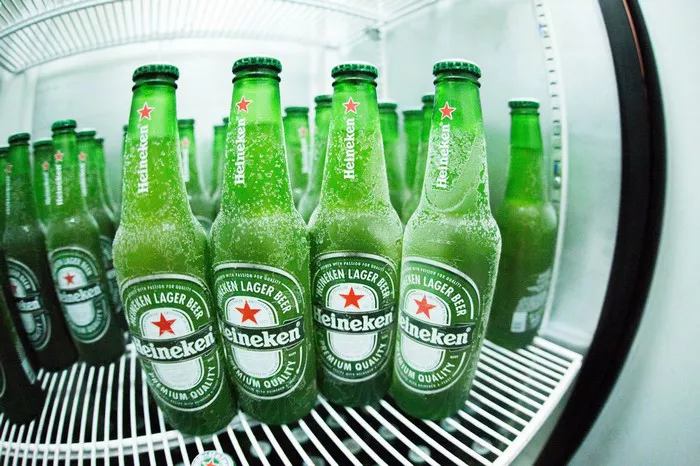In a world where health-consciousness is on the rise, the quest for a good low-calorie beer has become increasingly prevalent among consumers. Whether you’re looking to maintain your waistline or simply make healthier choices without sacrificing the enjoyment of a cold brew, there are several factors to consider when selecting the perfect low-calorie beer for your palate. Let’s delve into what defines a good low-calorie beer and explore some options available in the market today.
See Also: burgundy merlot color
Understanding Low-Calorie Beer
Before diving into specific brands and brews, it’s crucial to understand what makes a beer low in calories. Generally, the calorie content of beer is determined by its alcohol by volume (ABV) and residual sugars. Beers with lower ABV and reduced sugar content typically have fewer calories per serving. However, this doesn’t mean sacrificing flavor or quality. Craft breweries and major beer producers alike have been innovating to create delicious low-calorie options that cater to the discerning tastes of today’s consumers.
Factors to Consider
When searching for a good low-calorie beer, several factors come into play beyond just the calorie count. Taste, aroma, mouthfeel, and overall drinking experience are all essential considerations. Additionally, factors such as brewing techniques, ingredients, and brewing philosophy can influence the final product’s quality. It’s essential to strike a balance between calorie content and flavor to ensure a satisfying drinking experience.
Taste Test: Exploring Flavorful Options
One misconception about low-calorie beers is that they lack flavor and depth compared to their higher-calorie counterparts. However, many breweries have successfully crafted flavorful, sessionable beers with lower calorie counts. Brands like Dogfish Head Slightly Mighty IPA, Lagunitas DayTime IPA, and Firestone Walker Flyjack IPA offer hop-forward profiles with citrusy notes and a crisp finish—all while clocking in at under 100 calories per serving. These beers prove that you don’t have to compromise on taste to enjoy a low-calorie brew.
Brewing Techniques and Ingredients
The brewing process plays a significant role in determining a beer’s calorie content and flavor profile. Many breweries employ techniques such as extended fermentation, dry hopping, and the use of alternative grains to create low-calorie beers without sacrificing taste. For example, some brewers incorporate oats or wheat into their recipes to add body and mouthfeel without adding extra calories. Others utilize innovative brewing methods to extract maximum flavor from fewer ingredients, resulting in a flavorful yet calorie-conscious beer.
Crafting Quality Low-Calorie Brews
Craft breweries, in particular, have embraced the challenge of creating high-quality, low-calorie beers that cater to health-conscious consumers. By focusing on premium ingredients, innovative brewing techniques, and a commitment to quality, these breweries have elevated the low-calorie beer category. Brands like Omission Brewing Co., Athletic Brewing Co., and Surreal Brewing Company specialize in crafting delicious, low-calorie beers that rival their full-calorie counterparts in taste and complexity. With options ranging from crisp lagers to hoppy IPAs and refreshing wheat beers, these breweries offer something for every palate.
Navigating the Market
With the growing demand for low-calorie beers, the market has become increasingly saturated with options. From major beer brands releasing light versions of their flagship brews to craft breweries specializing in low-calorie offerings, consumers have more choices than ever before. Navigating this vast landscape can be daunting, but armed with knowledge about what makes a good low-calorie beer, you can make informed decisions that align with your taste preferences and dietary goals.
The Importance of Transparency
As consumers become more health-conscious, transparency regarding ingredients and nutritional information has become increasingly important. Many breweries now provide detailed information about their beers’ calorie content, ingredients, and nutritional profile on their packaging or websites. This transparency allows consumers to make informed choices and ensures they know exactly what they’re consuming. When selecting a low-calorie beer, be sure to look for brands that prioritize transparency and provide comprehensive information about their products.
Conclusion
In conclusion, the quest for a good low-calorie beer is not just about cutting calories—it’s about enjoying a flavorful, satisfying brew that aligns with your lifestyle and dietary preferences. With a growing number of breweries dedicating themselves to crafting high-quality, low-calorie options, there’s never been a better time to explore the world of calorie-conscious beer. Whether you prefer a crisp lager, a hoppy IPA, or a refreshing wheat beer, there’s a low-calorie option out there to suit your taste buds. By understanding what makes a good low-calorie beer and exploring the diverse range of options available, you can find the perfect brew to enjoy guilt-free.


